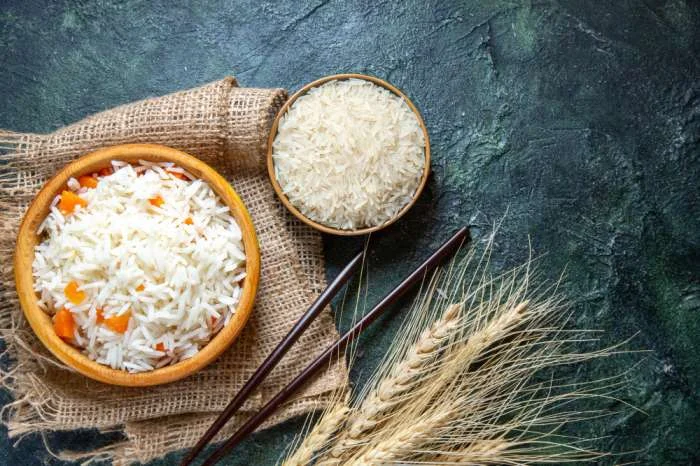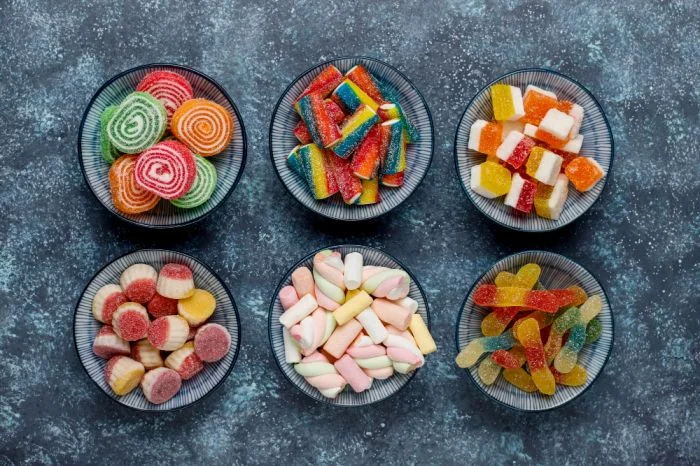Have you ever opened your fridge, spotted that tempting container of leftover shrimp from last night’s dinner, and paused—Is this still safe to eat? You’re not alone. As someone who’s made the mistake of eating slightly suspect seafood (and paid the price), I know firsthand how important it is to understand shrimp storage. Seafood is delicate, and cooked shrimp—though delicious—has a surprisingly short shelf life.
This guide will walk you through how long cooked shrimp can be stored safely, what signs to look for when it goes bad, and expert-backed best practices that ensure you’re not gambling with your health.
Let’s break it down.
Why Shrimp Storage Matters
Shrimp spoils faster than many other cooked proteins due to its high moisture content and delicate flesh. Food poisoning from spoiled seafood can lead to symptoms like nausea, vomiting, and diarrhoea—none of which you want to risk for the sake of leftovers. According to the CDC, seafood ranks among the top causes of foodborne illnesses in the U.S. CDC Seafood Safety.
But the good news? With the right storage, cooked shrimp can be safely enjoyed the next day—or even later.
How Long Can Cooked Shrimp Be Stored?
In the Refrigerator: 3 to 4 Days
Cooked shrimp can be stored in the fridge at or below 4°C (40°F) for up to 3 to 4 days. That’s the official guideline from the USDA Refrigeration Guidelines.
Personally, I’ve found that shrimp tends to lose its flavour and texture after day 3—even if it’s still technically safe. If I know I won’t use the leftovers quickly, I skip the fridge and go straight to freezing.
In the Freezer: Up to 3 Months
When stored properly in an airtight container or vacuum-sealed bag, cooked shrimp can last up to 3 months in the freezer.
But there’s a caveat: While it remains safe beyond that timeframe, quality drops off sharply. I once defrosted shrimp after 4 months and found it rubbery and bland—still edible, but far from enjoyable.
Signs That Cooked Shrimp Has Gone Bad
Don’t rely on time alone—use your senses. Spoiled shrimp gives off warning signs:
- Smell: Sour, ammonia-like, or unpleasant odours.
- Texture: Slimy or sticky surface.
- Appearance: Dull colour or presence of mould.
When in doubt, throw it out. I’ve ignored that rule once—and it ended with me curled up in bed for two days. Lesson learned.
Best Practices for Storing Cooked Shrimp
1. Store Within Two Hours of Cooking
Refrigerate or freeze your shrimp within two hours of cooking. Bacteria multiply rapidly at room temperature.
2. Use Shallow Airtight Containers
Shallow containers cool the food faster, reducing the risk of bacterial growth. Use containers with tight-fitting lids or resealable bags.
3. Label and Date Everything
You’d be surprised how easily “Tuesday’s shrimp” becomes “mystery seafood” by Friday. A quick label saves guesswork.
4. Freeze Flat for Easy Defrosting
If freezing, lay bags flat in the freezer to save space and allow faster thawing.
Expert Insights
According to Dr. Laura Green, a food microbiologist at the University of Edinburgh:
“Seafood should always be handled with extra care. Cooked shrimp is particularly vulnerable due to its high protein and water content. Improper storage can invite dangerous bacteria like Listeria monocytogenes.”
A study published in the Journal of Food Protection noted that shrimp stored above 5°C for even 6 hours showed significantly higher microbial growth than properly chilled samples.
What About Shrimp in Dishes Like Pasta or Curry?
Here’s where it gets tricky. When cooked shrimp is part of a dish—like creamy shrimp pasta or Thai curry—the clock doesn’t stop. In fact, dairy- or cream-based sauces may spoil faster than plain shrimp.
Safe Rule: Follow the 3-day rule even for mixed dishes, and if reheating, ensure the internal temperature hits 74°C (165°F).
Reheating Cooked Shrimp Safely
Shrimp overcooks easily and can become rubbery, so gentle reheating is key:
- Stovetop: Quick sauté on low heat
- Microwave: Use a damp paper towel and short intervals
- Oven: Bake in foil to prevent drying
Never reheat more than once. Each cycle gives bacteria another opportunity to thrive.
FAQs
Can I eat cooked shrimp after 5 days?
It’s not recommended. Even if it looks or smells fine, harmful bacteria may still be present.
Is it safe to freeze shrimp after it’s been in the fridge for 3 days?
Yes, but sooner is better. Freezing earlier preserves texture and taste.
How should I thaw frozen cooked shrimp?
Ideally, in the refrigerator overnight. For quicker defrosting, place in a sealed bag under cold running water.
Can cooked shrimp sit out overnight?
No. Discard it. Bacteria multiply quickly at room temperature.
Final Takeaways
- Store cooked shrimp in the fridge for up to 4 days or freeze it for up to 3 months.
- Always label and date your containers.
- Watch for signs of spoilage—smell, texture, appearance.
- Reheat gently and only once.
If you’re unsure whether your shrimp is still safe—trust your gut and throw it out. No meal is worth the risk.
Have your own seafood storage tips or horror stories? Share them below—I’d love to hear them!
Read Also: The Best Substitutes for Cannellini Beans

















